As air quality in Delhi-NCR plunges to its worst levels this season, authorities have activated an AI-powered pollution monitoring network to provide real-time air analysis and predictive smog mapping.
The system, developed by the Central Pollution Control Board (CPCB) and IIT Kanpur, uses AI and satellite data to forecast pollution patterns and guide emergency measures under the Graded Response Action Plan (GRAP).
Experts say it’s India’s most advanced fusion of technology and environmental governance — but warn that data alone can’t clear the air.
New Delhi, October 23 —
As dawn breaks over India Gate, its domed outline fades into a pale gray — part mist, part smog.
The Air Quality Index (AQI) across Delhi-NCR crossed 480 (Severe category) this morning, with visibility dropping below 500 metres at multiple points along the Ring Road.
For the first time this year, the Commission for Air Quality Management (CAQM) activated Stage 3 of the Graded Response Action Plan (GRAP) — banning construction, restricting diesel vehicles, and urging schools to shift online.
But this time, the response is guided not just by meteorologists — but by machines that think.
1. The AI Eyes in the Sky
A network of 1,200 AI-enabled air quality sensors now spans Delhi, Gurugram, Noida, and Ghaziabad, sending minute-by-minute readings on particulate matter, nitrogen oxides, sulfur dioxide, and carbon levels.
The sensors are linked to the National Clean Air Mission (NCAP) database and powered by an AI analytics engine developed by IIT Kanpur’s Centre for Environmental Science and Engineering.
“We’ve given the atmosphere a voice — and it’s speaking clearly,” said Dr. Mukesh Sharma, lead scientist at IIT Kanpur.
“AI allows us to see what the naked eye and even satellites can’t.”
2. How the System Works
The AI platform combines:
- Ground sensor data,
- Satellite imagery from ISRO’s INSAT-3D and NASA’s Terra, and
- Weather models from the India Meteorological Department (IMD).
Using deep learning algorithms, it identifies emission hotspots, correlates them with wind speed and humidity, and predicts smog concentration 72 hours in advance.
This real-time forecasting enables authorities to deploy targeted interventions — such as water sprinklers, anti-smog guns, and road vacuuming — precisely where pollution will peak.
3. Delhi’s Dirty Air – A Familiar Crisis
Delhi’s winter smog is not new — it’s an annual mix of:
- Stubble burning in Punjab and Haryana,
- Vehicular emissions,
- Industrial output, and
- Calm wind patterns trapping pollutants.
This year, however, farm fires have risen by 18%, according to satellite imagery.
Meanwhile, vehicle population in NCR crossed 1.3 crore, compounding the crisis.
“The lungs of Delhi are collapsing every October,” said Dr. Randeep Guleria, pulmonologist and former AIIMS director.
“AI can tell us why. But humans must decide how to stop it.”
4. Real-Time Dashboard for Citizens
The “AirNow-India” mobile app, launched by CPCB, now displays hyperlocal air readings within a 500-metre radius.
Citizens can:
- Monitor live AQI,
- Receive alerts about school or construction restrictions, and
- Report illegal burning or emissions through geotagged complaints.
AI filters verify reports using image recognition before forwarding them to local municipal authorities.
“For the first time, accountability is crowdsourced,” said CPCB Chairman Tanmay Kumar.
5. Predictive Policy – A Global First
The AI system also assists policymakers by simulating the impact of potential interventions — such as traffic diversions, odd-even schemes, or industrial shutdowns — before they are implemented.
It then recommends the most effective combination for immediate relief.
“We no longer shoot in the dark,” said CAQM Member Secretary Anita Prakash.
“AI tells us which policy will actually work before we enforce it.”
6. Gurgaon Joins the Grid
In Gurgaon, the GMDA has linked its own Smart Traffic AI System (rolled out this month) with the air monitoring network.
When pollution levels spike, signals automatically adjust to reduce idling time, cutting emissions during rush hour.
“A minute less at red means a breath more of clean air,” said GMDA CEO Sudhir Rajpal.
7. Health Emergency Worsens
Hospitals across Delhi reported a 40% increase in respiratory OPD cases over the past week.
Paediatricians are advising limited outdoor activity for children under 10.
“We’re seeing inflammation levels equivalent to smoking 10 cigarettes a day,” warned Dr. Arvind Kumar of Medanta Hospital.
“Technology may warn us — but lungs have no reboot button.”
8. The AI Command Room
At the Central Pollution Control Board’s Delhi headquarters, a massive digital wall displays live color-coded maps of the NCR.
AI-powered visualisations highlight:
- Red zones for PM2.5 concentration,
- Blue arrows indicating wind direction, and
- Yellow overlays predicting the next 48-hour dispersion pattern.
The system automatically alerts district collectors and CAQM officers through encrypted dashboards.
“It’s like watching the air breathe — and sometimes choke,” said Dr. Sharma.
9. Data vs Reality
Despite advanced analytics, ground-level enforcement remains patchy.
Garbage burning, diesel generators, and construction dust continue to defy restrictions.
“You can’t algorithm your way out of apathy,” remarked environmentalist Sunita Narain.
“AI will fail if policy still looks the other way.”
10. The Human Cost
For daily wage workers, delivery riders, and traffic police, smog isn’t an abstract graph — it’s survival.
Ravi Mehra, a street vendor near Rajpath, said:
“Every breath burns. But we can’t stop selling tea. AI doesn’t breathe for us.”
This human dimension continues to challenge policymakers — how to blend data precision with empathy on the ground.
11. International Comparisons
Cities like Beijing and Los Angeles have used AI-based systems to predict and control emissions.
India’s system, however, is unique in scale — covering 57,000 sq km across NCR with machine-learning calibration adapted for Indian humidity, dust, and crop-burning particulates.
“We’ve built something Beijing didn’t — public transparency,” said Dr. Sharma.
12. AI’s Role in Enforcement
Each AI node connects directly to municipal command systems.
When illegal waste burning or dust pollution is detected, automated alerts are sent to nearby field officers via a mobile dashboard.
Response time has reduced from 6 hours to under 40 minutes since deployment.
“AI doesn’t sleep, argue, or delay paperwork,” said Municipal Commissioner Ashok Garg.
13. Citizen Engagement Campaign
The Environment Ministry launched the campaign #SmogFreeDelhi, featuring QR codes across public buses and metro stations.
Scanning directs citizens to the AI dashboard — promoting awareness and civic responsibility.
“Data becomes powerful when shared,” said Environment Minister Bhupender Yadav.
14. AI Ethics and Privacy
CPCB clarified that all data collected are anonymised and used solely for public health and environment analytics.
Facial or vehicle recognition is not enabled.
“This is environmental intelligence, not surveillance,” said Minister Yadav.
15. The Science of Prediction
AI’s predictive module factors in:
- Thermal inversions,
- Atmospheric pressure layers,
- Crop residue fire density, and
- Wind field trajectories.
It can simulate pollution dispersion over 72 hours and recommend when to implement GRAP stages.
16. Challenges in Implementation
Experts caution that technology is only as effective as political will.
State coordination among Delhi, Haryana, and Punjab remains inconsistent.
“AI can warn us of smoke. But cooperation must clear it,” said CSE Director Anumita Roy Chowdhury.
17. Economic Toll
A 2024 World Bank report estimated Delhi’s air pollution costs the economy ₹65,000 crore annually in lost productivity, healthcare, and infrastructure corrosion.
If the AI system reduces peak pollution days by even 10%, the saving could exceed ₹8,000 crore per year.
18. The Children of the Smog
Schools in Noida and Gurgaon have reduced outdoor activities.
Students now log into digital dashboards as part of their environmental science curriculum.
“We’re raising a generation that checks air before stepping out,” said teacher Nisha Kohli from Delhi Public School, Sector 45.
19. Hope in Innovation
Startups like Ambee, BlueSky Labs, and PureAir AI are contributing data layers and developing portable personal air-quality sensors.
These devices connect to smartphones, offering citizens micro-environmental readings.
“Pollution can’t hide anymore — it’s measurable, visible, and predictable,” said BlueSky Labs founder Rishabh Jain.
20. The Air We Deserve
As AI paints the invisible patterns of Delhi’s pollution in glowing data streams, the question remains — will intelligence, artificial or human, act fast enough?
“The future will not forgive delay,” warned Dr. Guleria.
“AI is a mirror — it shows us the truth. But breathing it is still our burden.”
Until winds shift, Delhi’s skyline remains trapped between science and smoke — a modern paradox where data rises faster than clean air.
#DelhiAirPollution #AIPoweredMonitoring #EnvironmentIndia #CAQM #CleanAirMission #SmogCrisis #ClimateAction #SarhindTimes
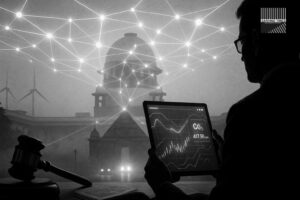
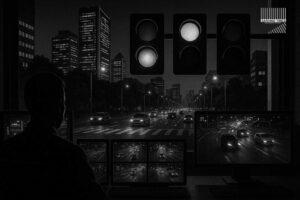



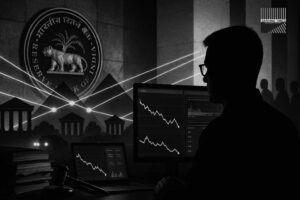
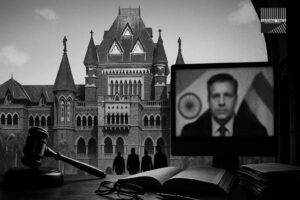





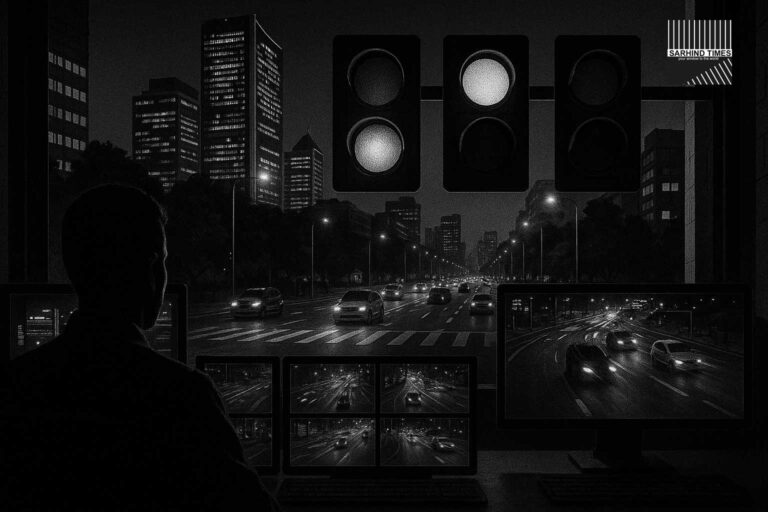
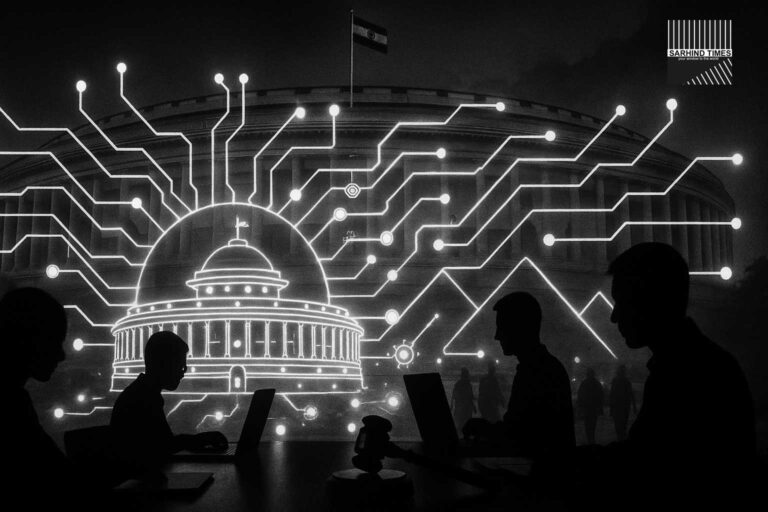
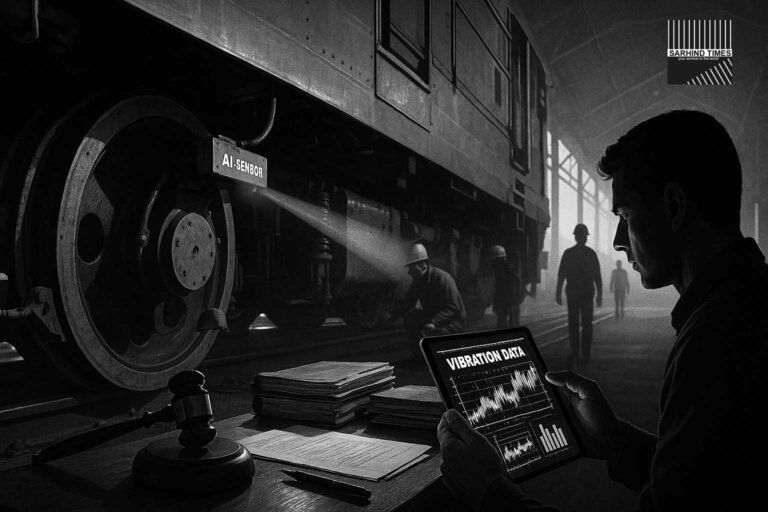
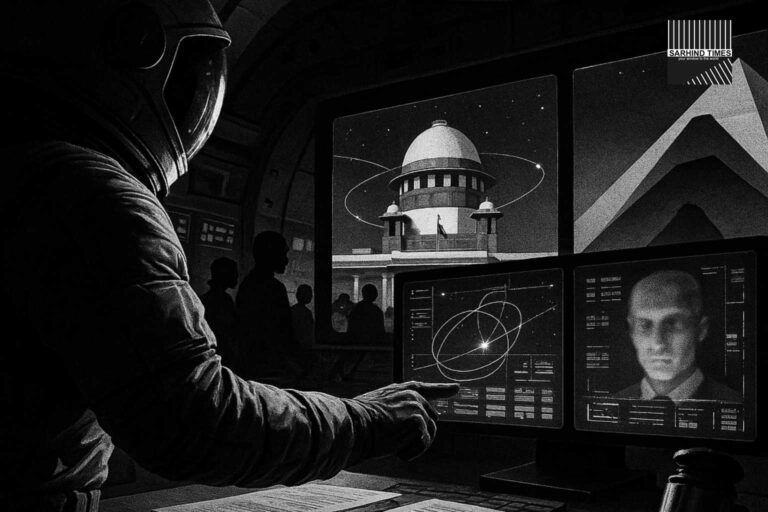
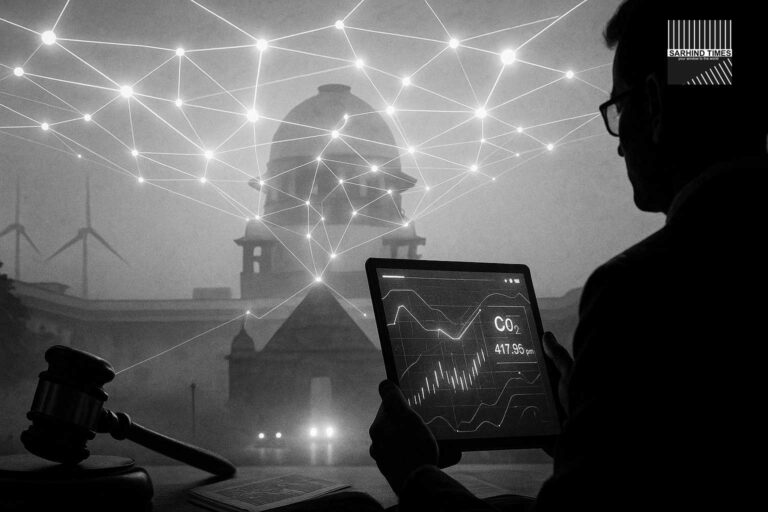
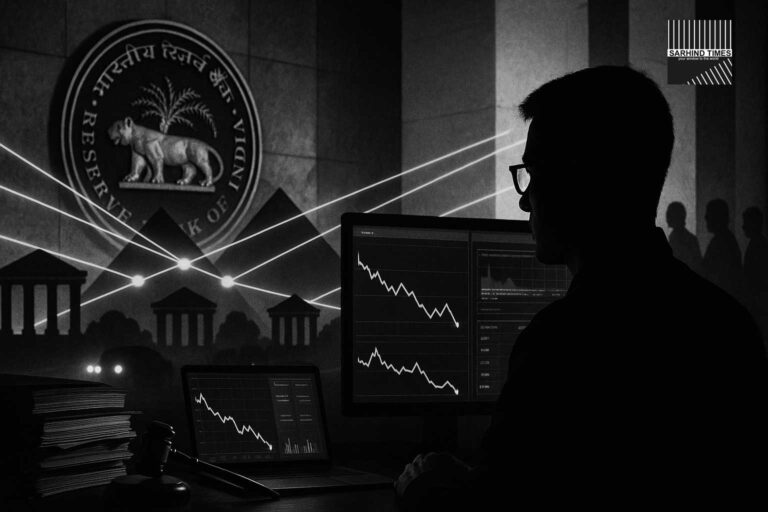
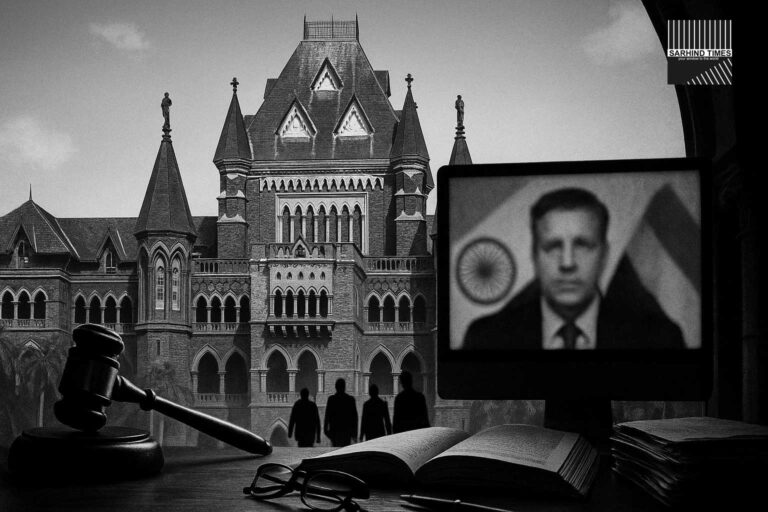
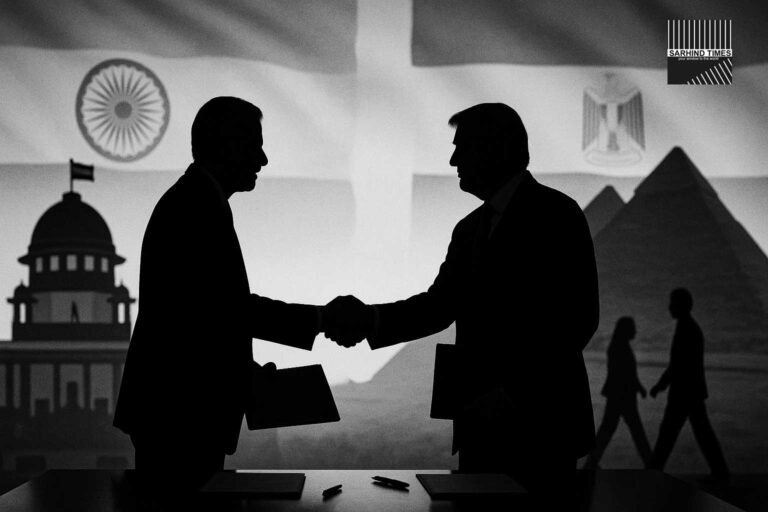
+ There are no comments
Add yours